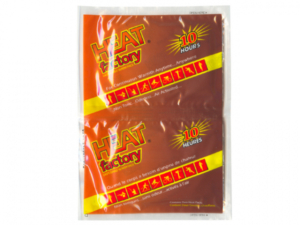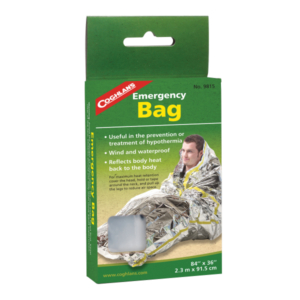Emergency Heat Without Electricity: How Do I Heat My Home Without Electricity?
Living in Canada, where winter temperatures can plummet, it’s essential to be prepared for emergencies, especially power outages that can leave you without electricity and, consequently, heating. In this article, we’ll explore methods for generating emergency heat.
Wood-Burning Stoves and Fireplaces:
If this is an option for your, wood-burning stoves and fireplaces are traditional sources of heat. Keep a good supply of seasoned firewood in a dry place, and ensure your fireplace or stove is well-maintained. In case of a power outage, these can serve as reliable alternatives for keeping your home warm.
Many new builds, in Alberta specifically, are not built with a wood-burning fire place, but rather gas fireplaces. Often these will also continue to function during an electrical outage. Test yours to know for sure, for this is a possible emergency heat source in your home.
Propane Heaters:
Portable propane heaters are excellent options for emergency heating. They are easy to use, efficient, and suitable for outdoor use. Make sure to store enough propane canisters to last through an emergency situation. You can get garage/workshop friendly heaters, but unless specifically states ideal for indoor use, avoid using propane ran products indoors.
Example: A propane firebowl can serve as an outdoor source, in addition to or in place of an outdoor firepit
Insulation and Thermal Curtains:
Prioritize insulation to retain as much heat as possible. Seal gaps in doors and windows, and use thermal curtains to trap warmth inside. This not only helps maintain a comfortable temperature but also conserves energy. Added bonus: during the summer heat, it serves as a way to keep the heat out as well.
Examples: Install draft stoppers, thermal curtains, weather stripping, close exterior doors when not in use, and/or shrink wrap windows.
Hot Water Bottles and Bed Warmers:
Utilize the comforting warmth of hot water bottles and bed warmers to stay cozy during power outages. Boil water or hot tap water and fill the bottles or warmers for a reliable heat source. Consider in an emergency your hand/feet warmers from your emergency kit.

Example: All winter I add a hot water bottle to my bed. They can stay warm for hours! Also, could be used while huddled around in the living room.
Emergency Blankets and Sleeping Bags:
Emergency blankets and sleeping bags are excellent for retaining body heat. Keep a supply of these in your emergency kit to stay warm, especially when sleeping or resting in unheated areas. Also, all of those extra blankets and quilts stored in your hall-closet, these are those moments they become an excellent source of warmth!

Layered Clothing and Thermal Wear:
Dressing in layers is a simple yet effective way to stay warm. Keep a collection of thermal wear, jackets, and moisture-wicking clothing to regulate body temperature and stay comfortable during power outages. Slippers, robes, fuzzy pajamas. These can become layers and emergency clothing if the need to stay warm arises.
Example: Merino wool base layers provide excellent insulation without bulk and are a great addition to your emergency clothing kit.
Conclusion:
While modern conveniences like central heating systems may fail during power outages, or simply your furnace dies as they are known to malfunction on occasion, adopting old-school methods can be a lifesaver in emergency situations, especially in the Canadian winter. By incorporating these traditional heating solutions into your emergency preparedness plan, you can ensure the warmth and safety of your household even when the power goes out. Stay warm, stay safe!



